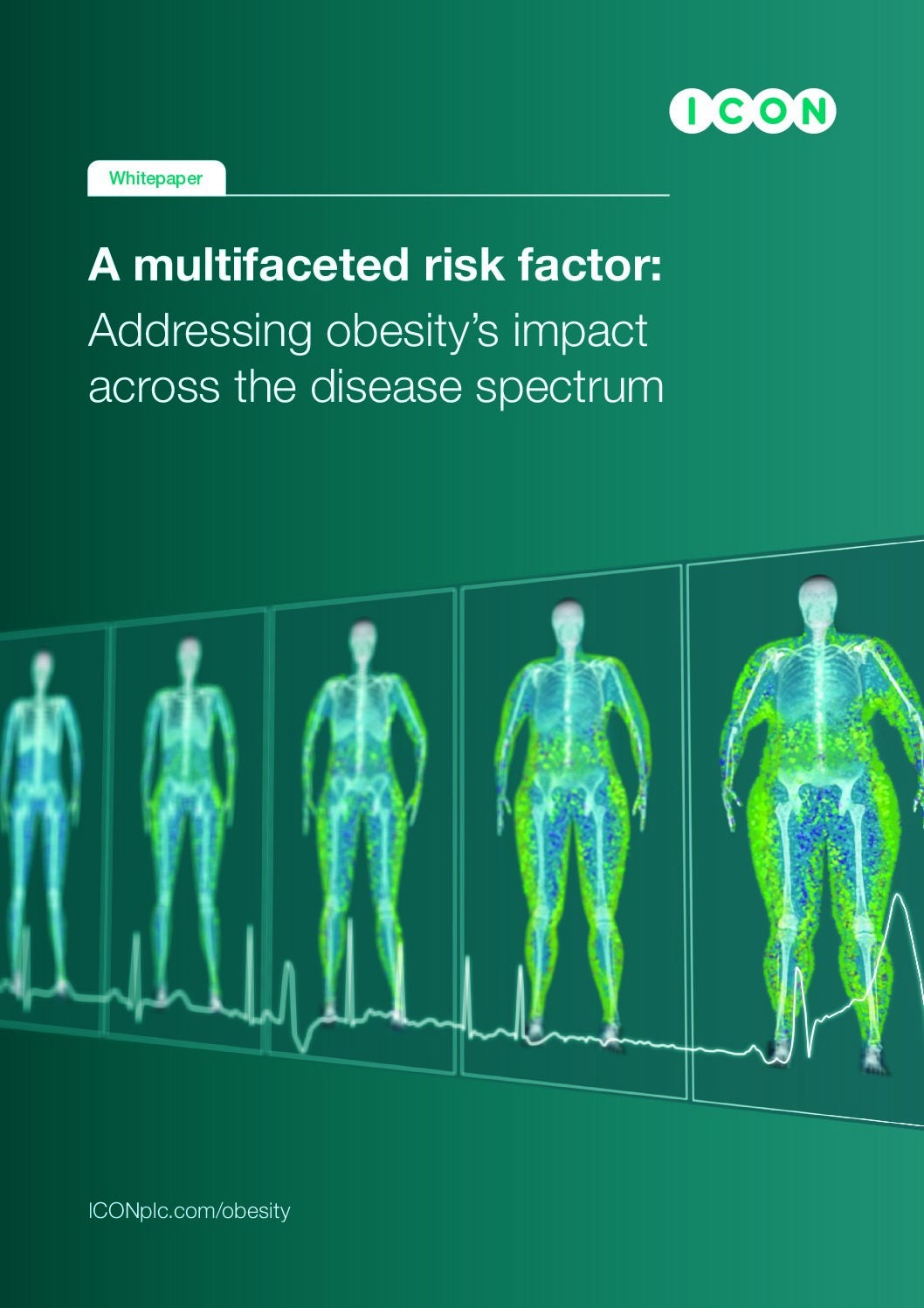Obesity and overweight during childhood predispose individuals to several adverse health outcomes later in adulthood, including thromboembolic (TE) disorders such as venous thromboembolic (VTE) and arterial thromboembolic (ATE) events. However, the extent that being over the healthy body mass index (BMI) level during childhood and puberty has on the risk of experiencing either VTE or ATE in adulthood was not quantified until recently, in a population-based Swedish study in men by Lilja and colleagues published in the Journal of Internal Medicine in March 2023.
VTE and ATE are severe, preventable medical conditions resulting from blood flow being blocked in either the veins or arteries, depending on the location of the blood clot. The rate of VTE and ATE diagnoses made worldwide continues to increase, posing a public health threat, as both present significant risk towards added global morbidity and mortality; VTE and ATE are major contributors towards disability-adjusted life years lost in young and middle-aged adults. GlobalData epidemiologists forecast there will be just over 4.3 million diagnosed incident cases of VTE in men and women by the end of this year, and that number will increase to nearly 4.5 million by the end of 2026 in the 16 major pharmaceutical markets (16MM: US, France, Germany, Italy, Spain, UK, Japan, Australia, Brazil, Canada, China, India, Mexico, Russia, South Africa and South Korea) at an annual growth rate of 1.13%.
How well do you really know your competitors?
Access the most comprehensive Company Profiles on the market, powered by GlobalData. Save hours of research. Gain competitive edge.

Thank you!
Your download email will arrive shortly
Not ready to buy yet? Download a free sample
We are confident about the unique quality of our Company Profiles. However, we want you to make the most beneficial decision for your business, so we offer a free sample that you can download by submitting the below form
By GlobalDataLilja and colleagues found that being overweight during childhood and young adulthood increased the risk of TE in later adulthood, adding to the existing evidence that prevention is a priority for reducing VTE and ATE-related disease burden.
Data was obtained from 37,762 men born between 1945 and 1961 with information on childhood BMI at the age of eight years, young adult BMI at 20 years, and puberal BMI change between 8-20 years, in Sweden. These men were followed until December 2019 or until the first thromboembolic event. BMI cut-off thresholds were used to define obesity and overweight status. The cohort study found a linear association between childhood BMI, pubertal BMI change and the increased risk of VTE.
The analysis also found pubertal BMI change was significantly associated with an increased risk of unprovoked VTE, whereas the association was not statistically significant for childhood BMI. Men who had a normal weight during childhood but experienced overweight in young adult life and were overweight both in childhood and young adulthood were at greater risk of VTE in later adult life compared to the reference group. Similar associations were found for the risk of developing ATE in men who were overweight in childhood and young adulthood.
See Also:
BMI above the normal thresholds has been demonstrated to be an apparent risk factor for TE events later in life. Prioritising prevention strategies is essential in reducing the rate of childhood and young adulthood overweight and obesity, already endemic in many countries, which will consequently lead to healthier individuals at lower risk of developing TE events.











